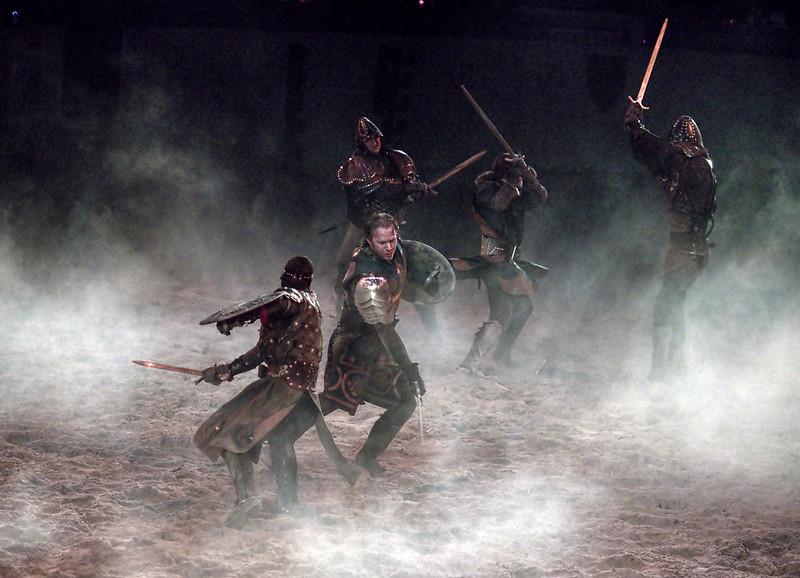I've noticed a tendency among many in the pursuit of the ultimate creamy background, that it's becoming almost comical in effect. So I have to ask, are there others that feel like photographers are chasing after it too much for their own good? I’m not saying that bokeh is bad. When used in the right situations it can be gorgeous, and can enhance an image, but it still doesn’t mean that every single image has to be shot wide open, nor go overboard in creating excessive fake blur in PS.
Does the average person who looks at your images, and clients who book you, really care about these things. Do they care that you had to sell a body part to buy your new lens, are they impressed with how big your lens is, or what its maximum aperture is, and they certainly won’t sit there ooohhing and aawwweeing, over the background when they’re looking at their family portraits. All they really care about is the subject, the quality of the bokeh is not important to them, unless it's so distracting that it's annoying (a point many are getting to).
In some case I have to wonder if it's an easy cop out (just blur the crap out of everything rather than think about your background and composition). To me its overuse is stifling creativity rather than enhancing.













![[No title]](/data/xfmg/thumbnail/40/40312-7470c3c8f9e3a40e6b44c423096f188d.jpg?1734174718)


